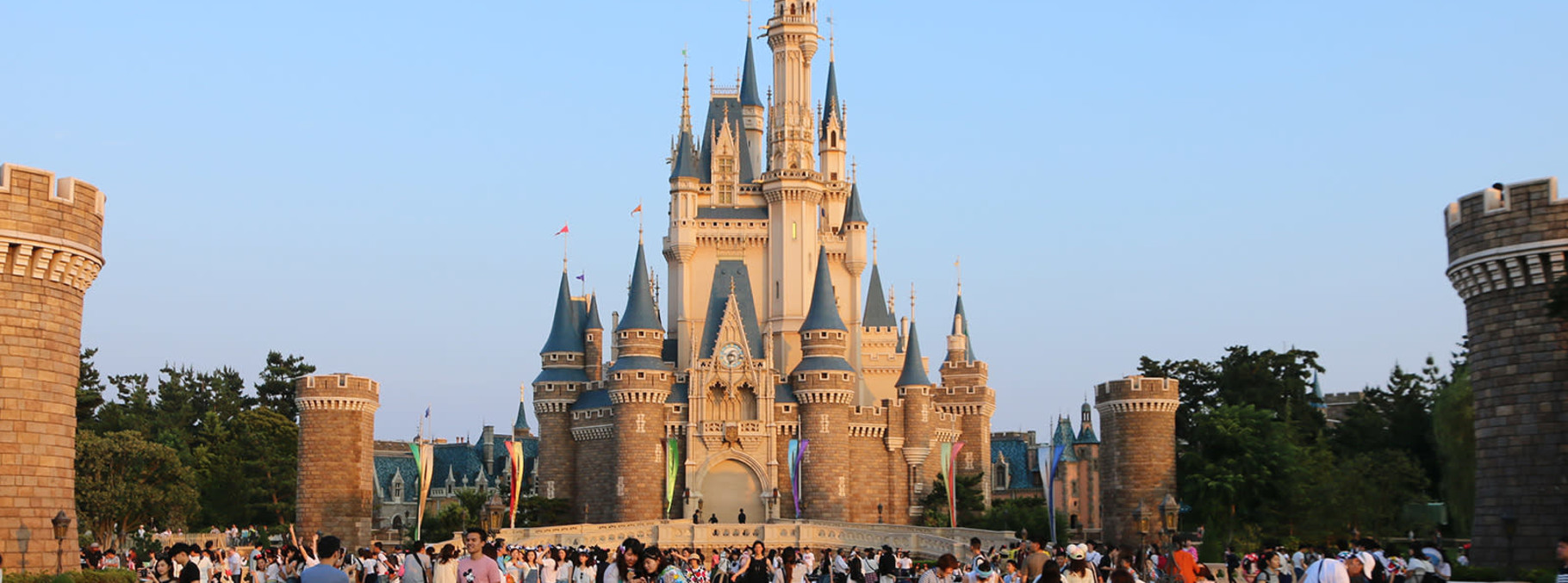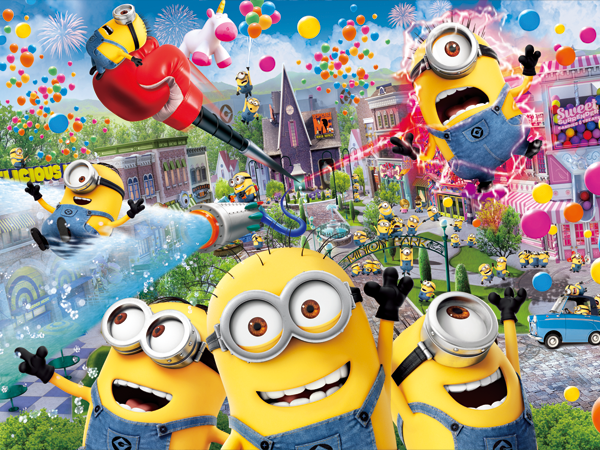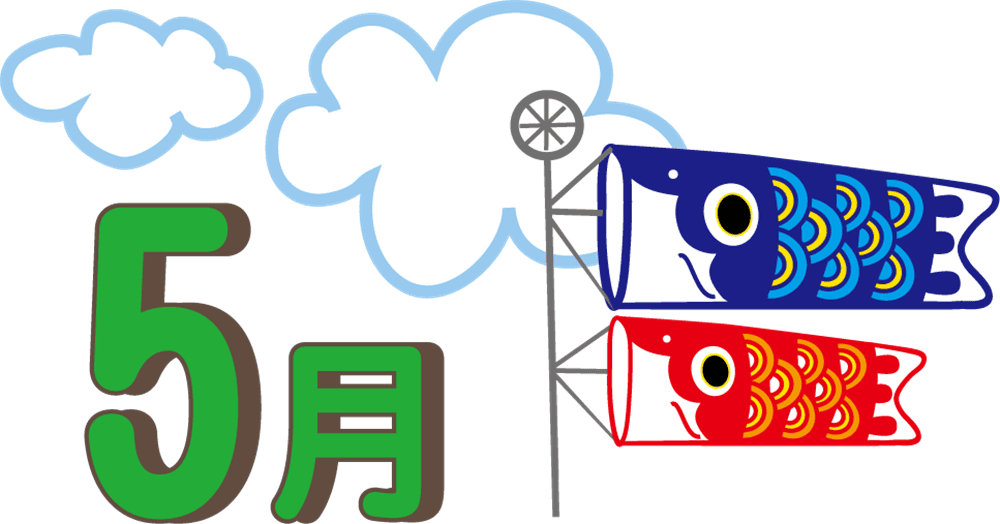
May is also referred to as “Sanaezuki” (早苗月) as farmers start planting seedlings in this month.
Golden Week
Japanese enjoy a long holiday in May called Golden Week. Some years, the holidays are before or after weekends resulting in Golden Week being longer than year-end holidays. Some Japanese also take additional leave and go traveling. Since this is a particularly busy time for sightseeing, make sure to check Japanese holidays before you book tickets and make hotel reservations. Touristic spots get extremely crowded, restaurants have long waiting times, and traffic can be quite annoying during Golden Week.

The three main holidays of Golden Week are Constitution Day (May 3), Greenery Day (May 4), and Children's Day (May 5).
Constitution Day The Japanese Constitution took effect from May 3, 1947, and from that day on, May 3 was celebrated as Constitution Day.
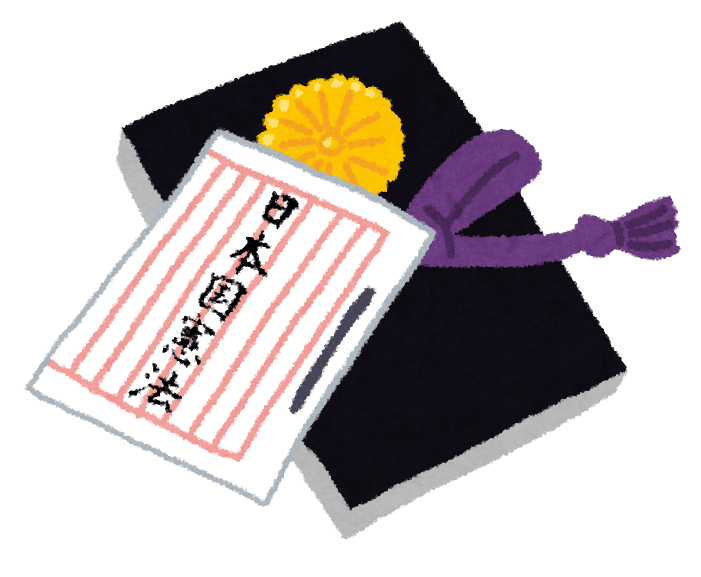
Greenery Day From 1989 to 2006, Greenery Day fell on April 29, which was the birthday of Emperor Showa, who was said to be fond of natural beauty. After Emperor Showa died, the Japanese government changed the holiday making April 29 Showa Day and changing May 4 to Greenery Day. Many parks have free admission on Greenery Day, so don't miss your chance to enjoy the lush beauty of Japan's many gardens.
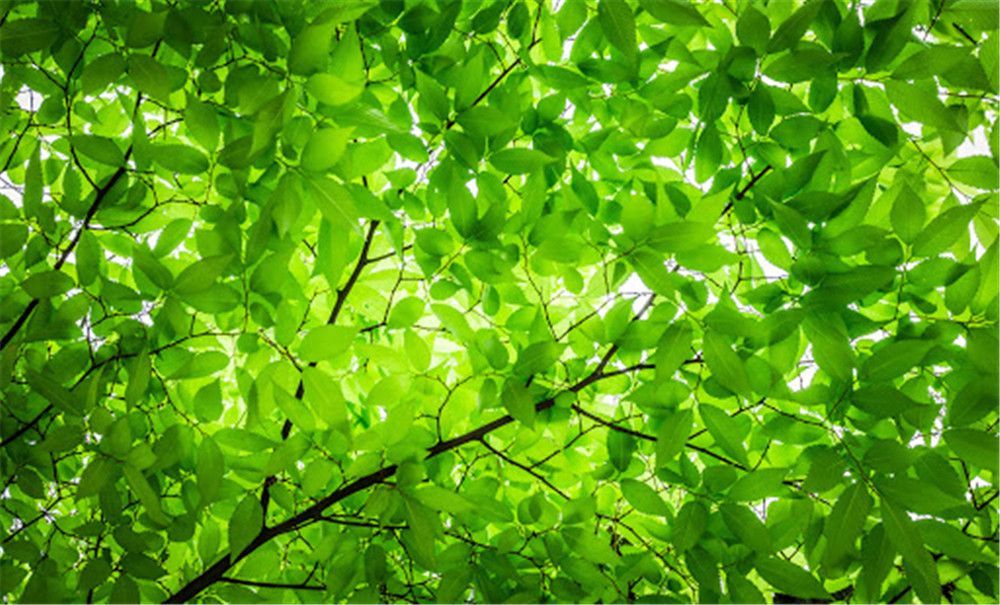
Children's Day Children's Day which falls on May 5 was created for boys, and families who have young boys will display koi fish banners (koinobori) praying for good health. Many famous spots in Japan display Koinobori on Children's Day, and one of them is the Tokyo Tower, which displays approximately 333 Koinobori each year.

There is a tradition to eat kashiwa mochi (rice dumplings stuffed with red bean paste and wrapped in oak leaves) on Children's Day.
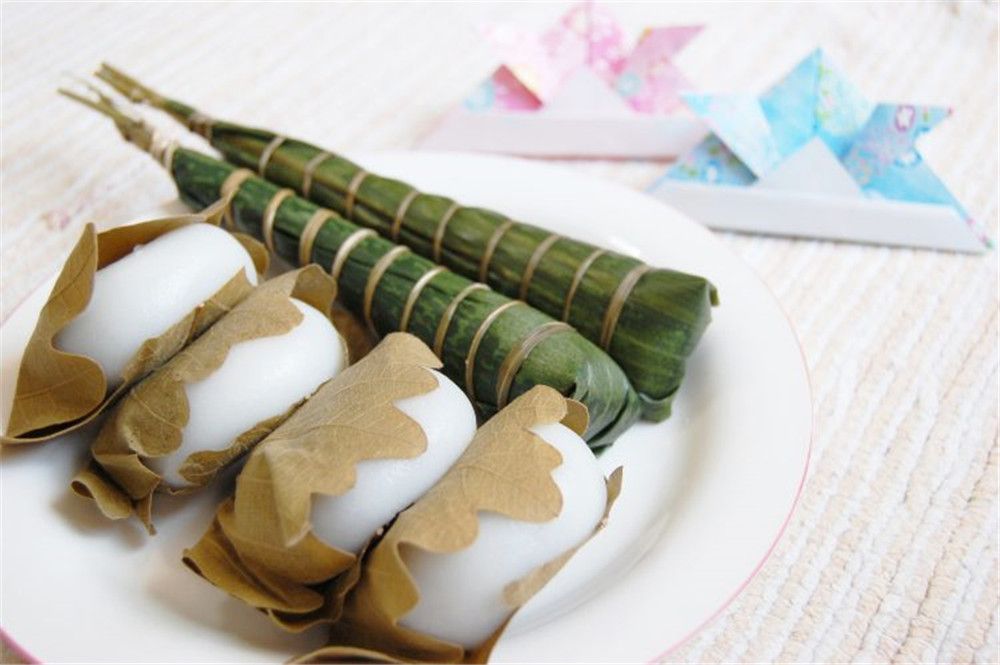
The holiday law in Japan is unique states that any day that falls between two other national holidays shall also become a holiday. In 2019, when the new Emperor was crowned on May 1, April 30 and May 2 were holidays, so there were a total of 10 days off during the 2019 Golden Week.
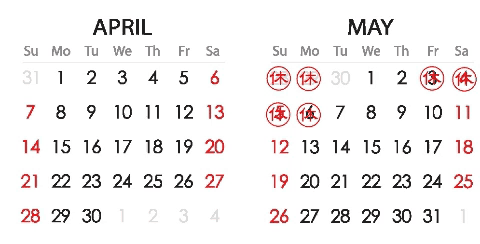
Mother's Day, May 9
The tradition of Mother's Day in Japan was brought from the West, and this day is celebrated by Japanese every year. Japanese children usually give their mothers flowers or special gifts. Many shops sell special edition Mother's Day products to commemorate this day including convenience stores!
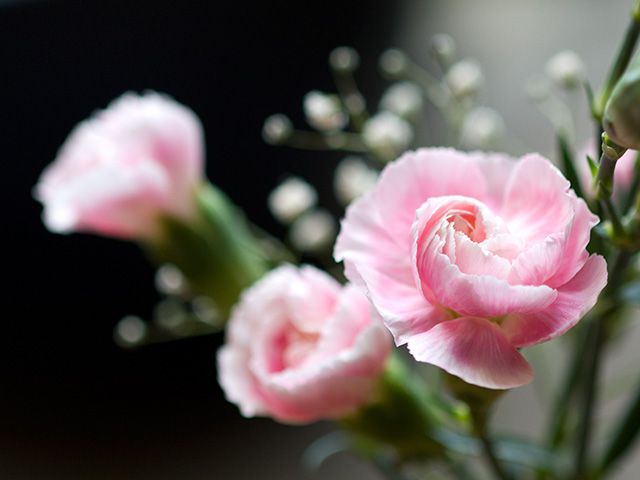
Great Festivals in East and West Japan
Two of the biggest festivals that you should attend in May is the Aoi Matsuri held at Kamigamo Shrine and Shimogamo Shrine in Kyoto, and the Sanja Matsuri held at Sensoji in Asakusa, Tokyo. Since the shrines get extremely crowded during these times, avoid visiting them on the festival days in case you dislike crowds.Aoi Matsuri, May 15 Aoi Matsuri is one of Kyoto’s three biggest festivals which has a long history of about 1500 years. Every year on May 15, more than 500 people dressed in traditional Heian period clothes walk through the town of Kyoto.
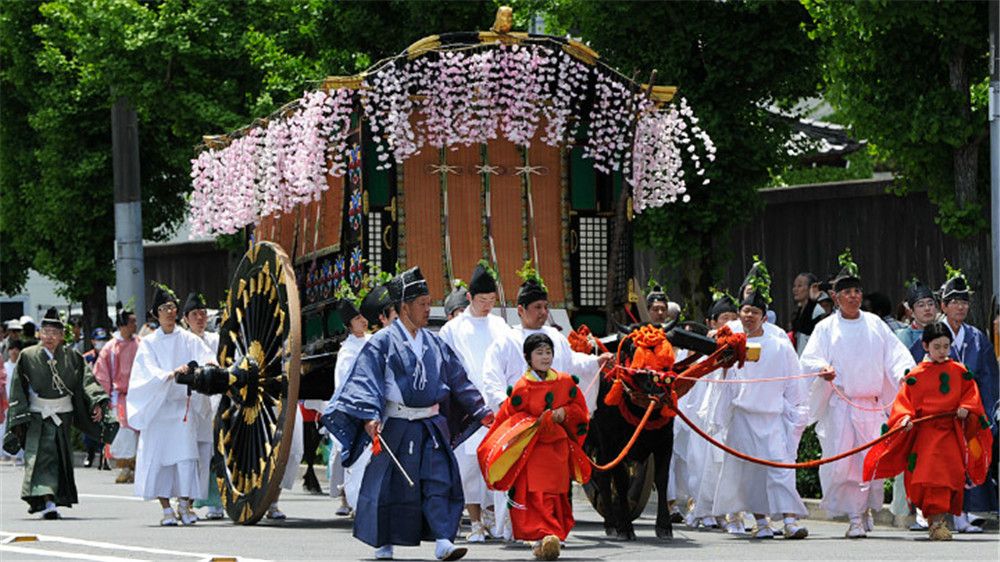
The “Roto-no-gi” (procession) is the highlight of this festival. A parade that departs from the Kyoto Imperial Palace where the past Emperors resided until 1869, works its way towards the Shimogamo shrine and finally the Kamigamo shrine.
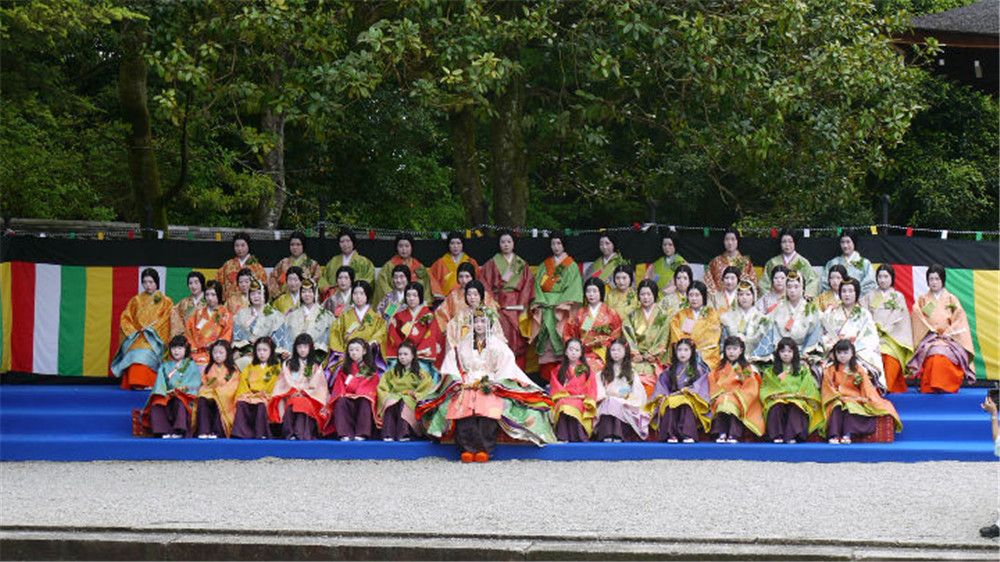
Aoi Matsuri has many pre-festival events called “zengi” ahead of the main event on May 15. Especially, Yabusame-shinji (horseback archery) held in Shimogamo Shrine attracts many visitors every year.
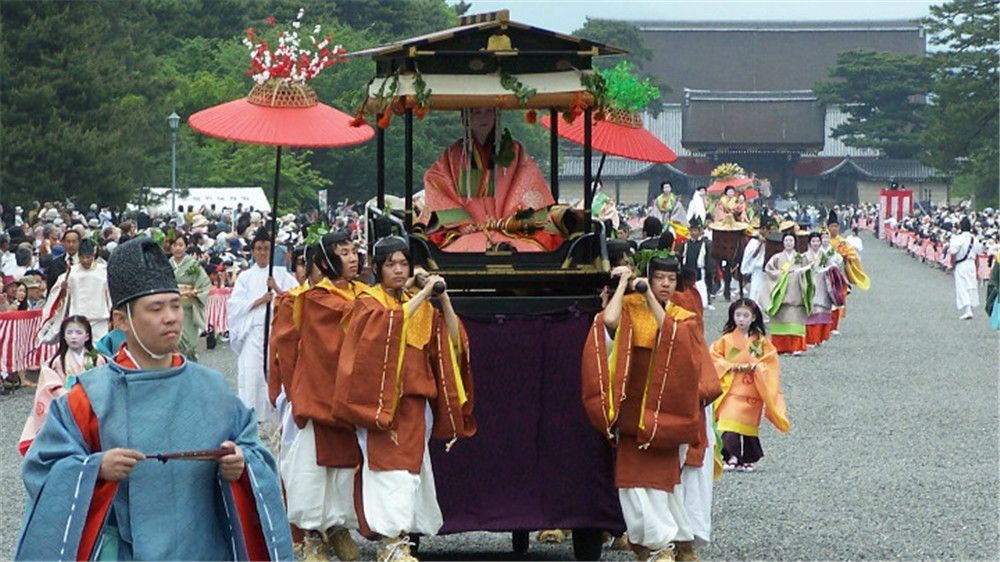
The Aoi Matsuri is considered to be the most elegant in Japan and is one of the best things about spring in Kyoto.
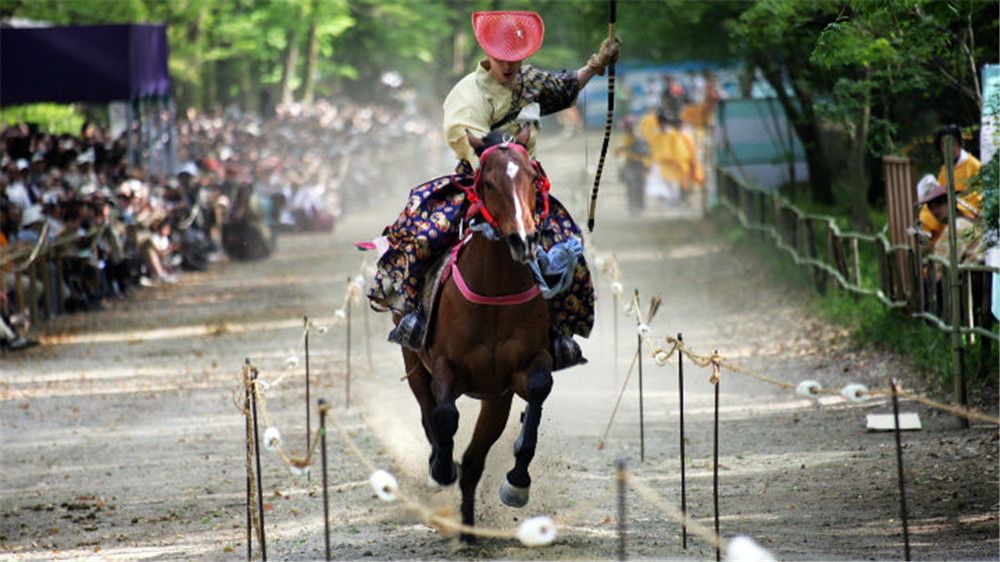
*Some activities were canceled due to the COVID-19 pandemic. For more information, check the official website for more information.
Sanja Matsuri, third Friday of May Sanja Matsuri is one of the most vibrant festivals that is held at Sensoji every year. This festival attracts approximately 1.85 million visitors over the three days. On the first day, you can see beautiful heron-hooded dancers at a procession.
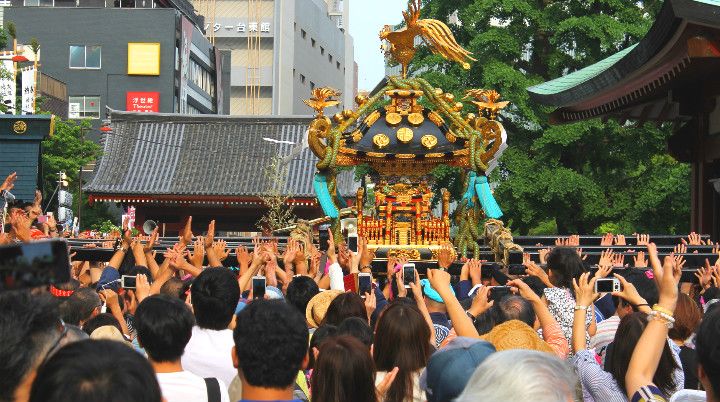
On the second day of the festival, more than 100 mikoshi from different areas of the city parade the crowded areas of Asakusa after being purified at Sensoji.
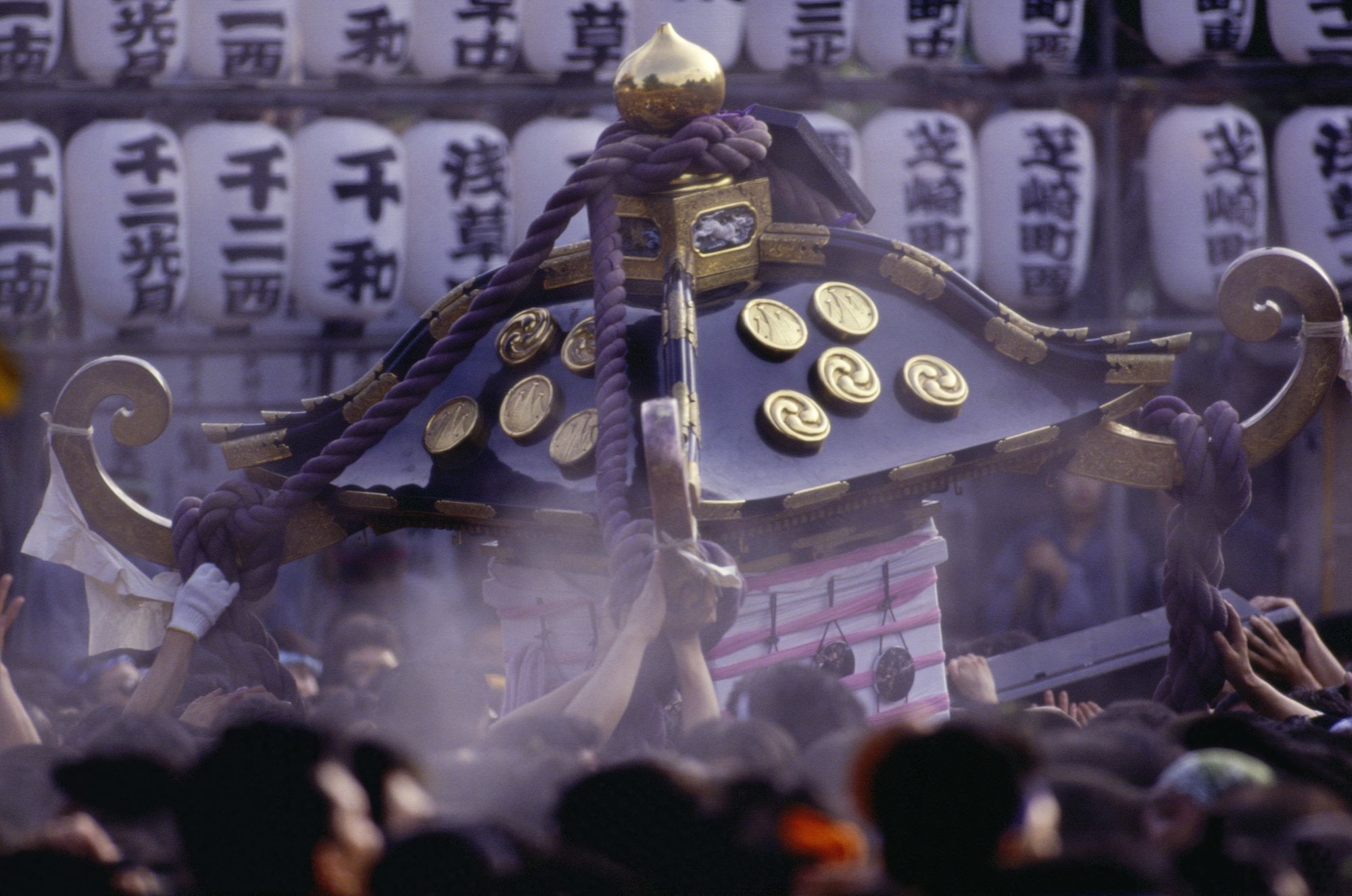
On the third day, the Main Procession takes place. “Miyadashi” is a spiritual event when three mikoshi leave Sensoji. Since it is a great honor to carry these three mikoshi, many people jostle to carry them. As with most festivals, there are a variety of food stalls and treats that cannot be missed!
*The Sanja Matsuri in 2021 will be held only on two days due to the COVID-19 pandemic. Check the official website for more information.
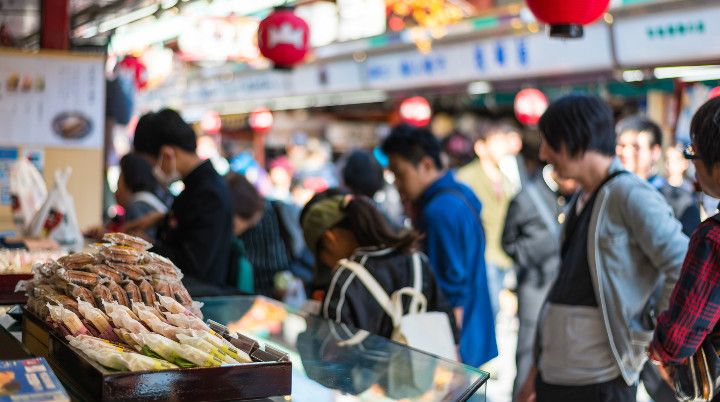
Seasonal ingredients
These days you can buy almost any ingredient throughout the year. However, it is best to eat what’s in season as that produce is the most delicious. If you come to Japan in May, you can’t go wrong with these ingredients.Seafood: Japanese whiting (きす), flying fish (とびうお), whitebait (しらす), skipjack tuna (かつお)
Fruits and vegetables: asparagus, peas, beans, loquat

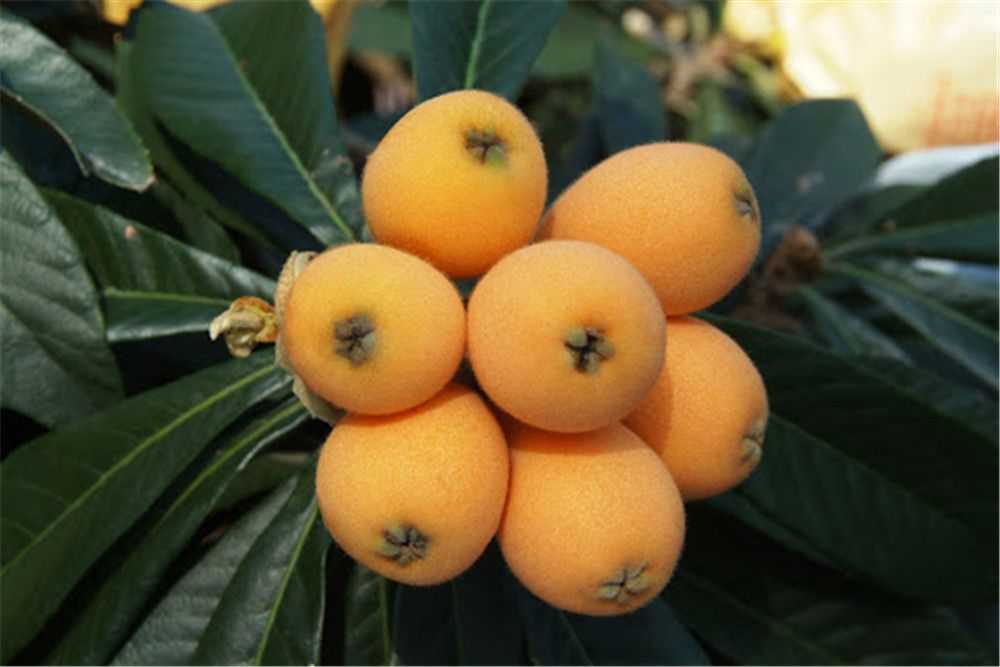
Hope this feature has given you a good idea of what to expect in Japan during May. Keep an eye out for some of the things mentioned here and you’re sure to have a wonderful holiday in Japan.
Download the Ikidane Nippon App: iOS / Android Let us know if there is something that needs to be fixed: Feedback Form



